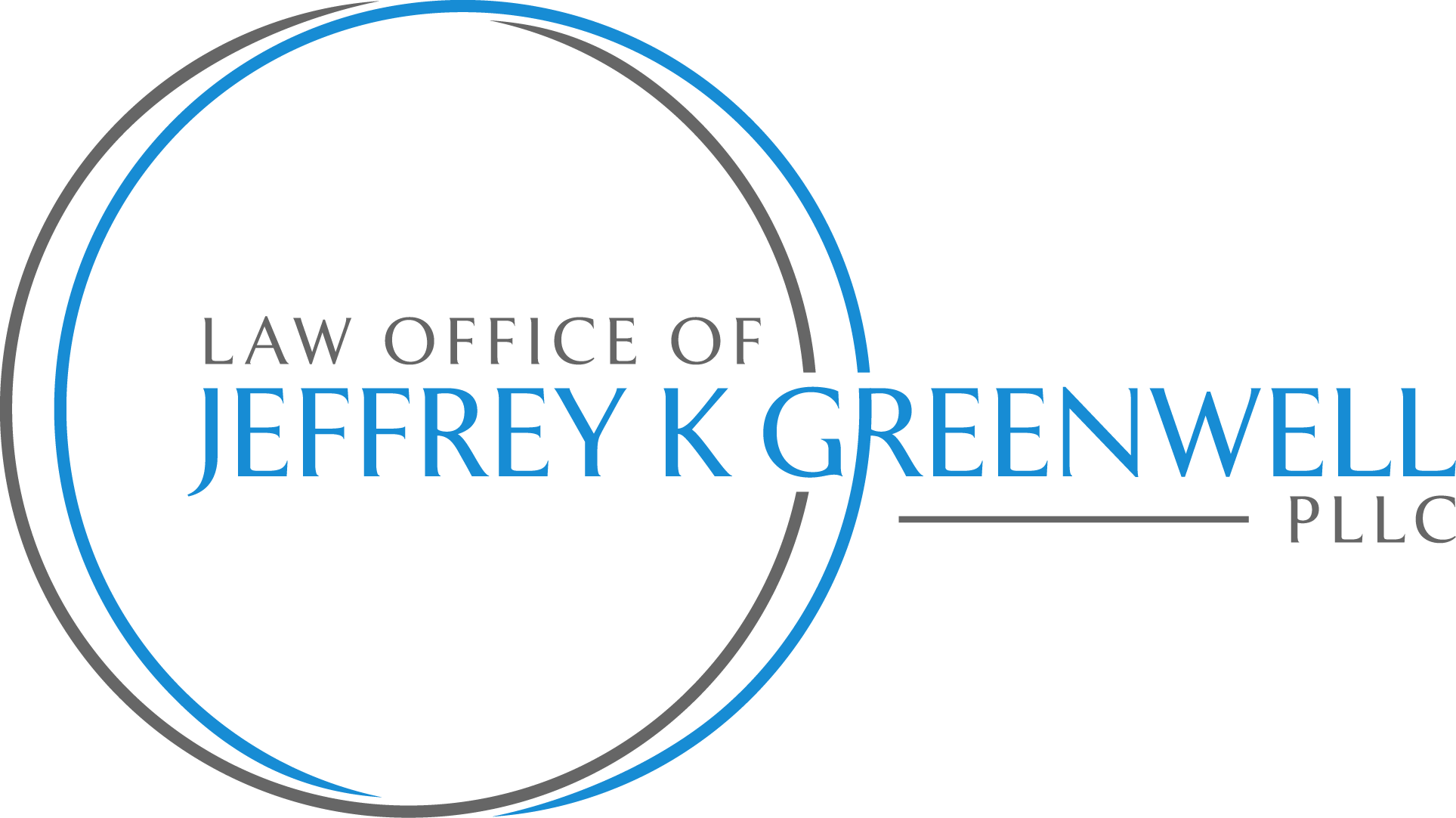Give the bankruptcy trustee the headache of dealing with your final business assets.
The owner of dying business tends to have a hard time figuring out how and when to close the doors of that business. Even after deciding that he or she will likely have to file a personal bankruptcy to get a fresh financial start after closing the business, the owner does not likely think of the bankruptcy system as a helpful ally in that business closing process. And few owners would probably think that it’s a good idea to waste any of the business’ final assets that they worked so hard to create by giving them to a bankruptcy trustee.
But in certain circumstances, filing a personal Chapter 7 “liquidation” bankruptcy while you still have some business assets can in fact be a very sensible and even liberating game plan.
The Usual Goal—a “No Asset” Chapter 7 Case
Most of the time when you file a bankruptcy case, a major goal is to preserve for yourself the assets that you have so that you can better transition to life afterwards. That’s the whole point of property “exemptions”—protections in the law covering certain categories of assets, including usually “tools of trade,” designed to give you a minimum foundation of assets going forward. The most recent blog demonstrated how to preserve your business assets for your own income-generating use after bankruptcy. The goal in that situation is to give nothing to the trustee, so he or she has nothing to distribute to the creditors, a “no-asset” case.
Sometimes a Better Idea—an “Asset” Chapter 7 Case
So how could the opposite goal possibly make sense? It can when you have the combination of the following two circumstances:
1) You have little or no use for the remaining business assets in their present form, and don’t have the time or energy to sell them, and then figure out where the proceeds should be paid.
2) The debt(s) that you would prefer to be paid are the ones that the law dictates that the Chapter 7 trustee must pay first.
Business Assets You Don’t Need or Want to Mess With
Start by deciding whether the particular business assets you still have left will be of immediate value to you after bankruptcy. If you think so, get competent legal advice about whether you will be able to preserve them from your creditors. This will involve, among other things, reviewing the legal form of your business (sole proprietorship vs. corporation, etc.), the approximate dollar value of the assets, whether they are collateral on a secured debt, and the applicability of a tool-of-trade or similar exemption.
If you do not need any of the assets, or don’t need some of them, for your life after bankruptcy, think about the potential benefits of just letting go of those assets so that you can focus your energy on the future.
Allow Your Trustee to Pay Your Special Creditors
Letting go of your unnecessary assets makes all the more sense if most of the proceeds of the trustee’s sale of those assets would go to pay debts that you need or want to be paid anyway.
The Chapter 7 trustee is required by law to pay some of the creditors in a very specific order. There are often situations in which that order happens to be consistent with your own preferences.
Before any of your “general unsecured” debts are paid a dime by the trustee (debts that you tend to care less about anyway), the “priority” debts must be paid in full, in the order specified in Section 507 the Bankruptcy Code. Among debts that may be important for you to get paid in this list are the following, from highest to lower “priority”:
- Child and spousal support arrearage
- Wages, salaries, commissions, and employee benefits earned during the 180 days before filing or before the end of the business, up to $10,000
- Contributions to employee benefit plans, with certain limitations
- Income taxes under certain conditions, and certain other property, withholding, employment and excise taxes.
Here’s an over simplistic illustration. Filing an “asset” Chapter 7 case would make sense if you owned about $5,000 in marketable value of non-exempt business equipment, AND owed $1,000 in child support arrearage that you knew you absolutely had to pay, $2,000 in unpaid wages to your last employee who you felt morally compelled to pay, and $3,000 for last year’s income tax to the IRS which would not be discharged in bankruptcy and so would have to pay. After filing the Chapter 7 case, you’d give the trustee the equipment, he or she would sell it, and then would pay the above three special debts in the order stated as far as the sale proceeds would go. Although the trustee would receive a specified percentage for his or her efforts, and would have control over the process—such as the sale price of the equipment—you would avoid a lot of headaches, and a significant portion of the debts you would want to pay would get paid.

